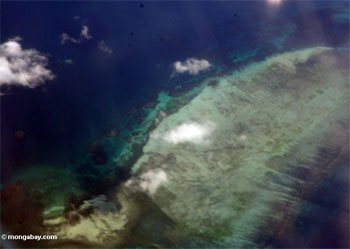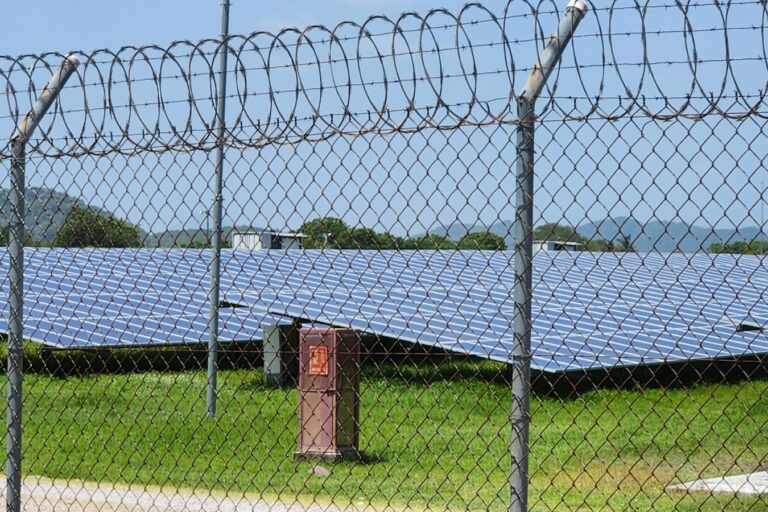Reefs threatened by tsunami reconstruction
Rhett A. Butler, mongabay.com
March 16, 2006
Indian Ocean coral reefs that escaped serious damage are coming under increasing threat from reconstruction efforts in the region according to a new report from the international environmental groups, World Conservation Union and the Global Coral Reef Monitoring Network.
The December 26th, 2004 tsunami, which killed between 229,000 and 289,000 people and displaced more than a million others, caused widespread damage to coastal areas but left reefs relatively unscathed. Research released last year found that less than 10 percent of coral in the sampled regions was damaged by the ocean’s surge.
The new report, titled “Status of Coral Reefs in Tsumani Affected Countries: 2005”, found that most of the damage to coral reefs resulted from backwash of debris and sediment from land. The report says that most Indian Ocean reefs could naturally recover within five to ten years if damage from human activities—including pollution and unsustainable fishing; —can be reduced.
“These human activities include over-fishing, deforestation and climate change,” said Clive Wilkinson, an editor of the report and Global Coordinator at the Australian Institute of Marine Science.
The report suggests that hurried rebuilding efforts may be worsening stress on reef ecosystems.
“Many of the replacement boats, motors and general fishing equipment use different technology, often leading to inappropriate use and increasing fishing effort,” reads the report.

Indonesian reefs
|
“There is a major need to sit back and assess what was successful during the whole rehabilitation process and what needs improvement, what lessons can be taken from this experience and what still needs to be put into place before the next coastal disaster,” Wilkinson added.
Further degradation of coral reefs puts the livelihood of local people at risk. A report from the United Nations Environment Programme (UNEP) published in January found that the value of coral reefs is between US$100,000 to US$600,000 per square kilometer a year while the cost of protecting them, through the management costs of a marine protected area, is just US$775 per square kilometer annually.
The UNEP study found coral reefs
- help mitigate beach erosion—a typical coral reef can absorb up to 90 percent of the energy of wind-generated waves thus protecting coastal areas from damage;
- serve important functions for local fisheries—reef fisheries are worth between $15,000 and $150,000 per square kilometer a year; and
- have high recreation value for tourism—in parts of Indonesia and the Caribbean where tourism is the main use, reefs are estimated to be worth US$1 million per square kilometer, based on the cost of maintaining sandy beaches and the value of attracting snorkelers and scuba divers.
Coral reefs and, to a greater extent mangrove forests, also helped mitigate damage during the tsunami disaster by absorbing some of the waves’ energy and providing some protection to shoreline areas. The report argues that both ecosystems should be a focus of ongoing rehabilitation efforts in the Indian Ocean region.
Read the full report: PDF–6 Mb














